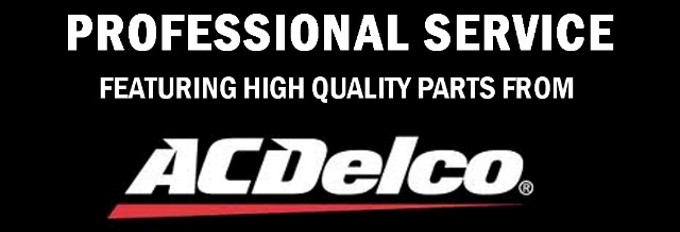1.
Warning lights and indicators—No one likes to see
the engine light illuminate on the dashboard, but
when one of the warning lights comes on and stays on
while driving, check your Owner’s Manual and follow
its advice. Waiting to do repairs can be costly and
even dangerous.
2. Oil—Engine oil not only
lubricates and cools internal engine parts,swiss replica watches
it
collects and traps dirt and contaminates from the
combustion process. That’s why you should have it
changed regularly.
3. Air filter—Don’t let your
vehicle’s air filter get too dirty. A clogged filter
restricts airflow, robbing horsepower and
potentially fuel economy.
4. Heater/Defroster—The
heater/defroster in your vehicle draws its heat from
the circulation of hot engine coolant. If you smell
a sweet, syrupy odor inside the vehicle or spot a
greasy mist on the inside of the window, there may
be a leak in the heater core. Have it checked out.
5. Tire pressure—Underinflated tires
waste gas and can prematurely wear out the tires,
because they generate more friction on the road.
Making sure your tires are properly inflated is one
of the easiest things you can do to optimize fuel
economy and tire longevity.
6. Brakes—Your vehicle’s brakes
should feel smooth and perform quietly. If you feel
shuddering or hear a grinding sound when you step on
the brakes, they should be inspected as soon as
possible!
7. Coolant/Antifreeze—Different cars
require different types of antifreeze. If you need
to top off the coolant in your vehicle, check the
Owner’s Manual for details on the correct type. You
could harm the cooling system or engine with the
wrong coolant.
8. Timing belt—If your vehicle has
50,000-70,000 miles or more, it’s a good idea to
check the Owner’s Manual for the recommended service
interval for the engine’s timing belt. It can break
without warning, leaving your car immobile until
it’s changed—be it in your driveway, workplace
parking lot or on the highway.
9. Tire vibration—A vibration felt
at certain speeds or one that increases in severity
with the speed of the vehicle can indicate
out-of-balance tires or tires that need replacement.
Either way, don’t ignore the vibration—get it
checked!
10. Alternator—If your vehicle’s
battery or charge indicator light comes on, it may
not be a battery problem, but a faulty charging
system. The red light is essentially a warning that
the system isn’t charging the battery and you don’t
have very far to drive before the battery goes dead.
Pull off the road as soon as it’s convenient to
prevent stalling on the road. With luck, your cell
phone will be charged, because you’ll likely need to
call for assistance—and probably a tow truck if
you’re far from home.
Audemars Piguet replica watches



